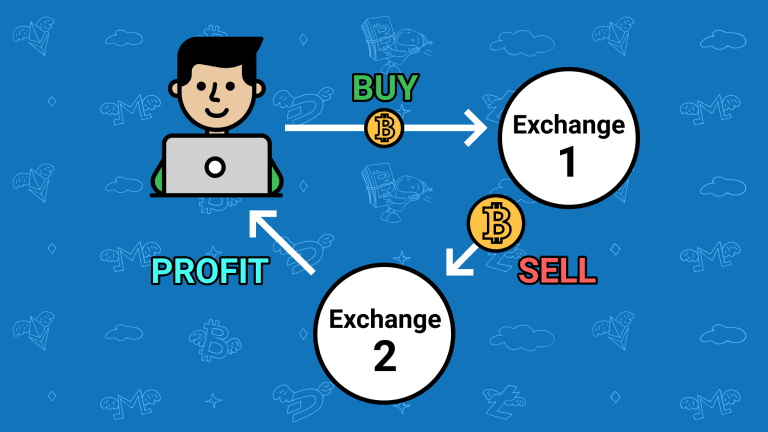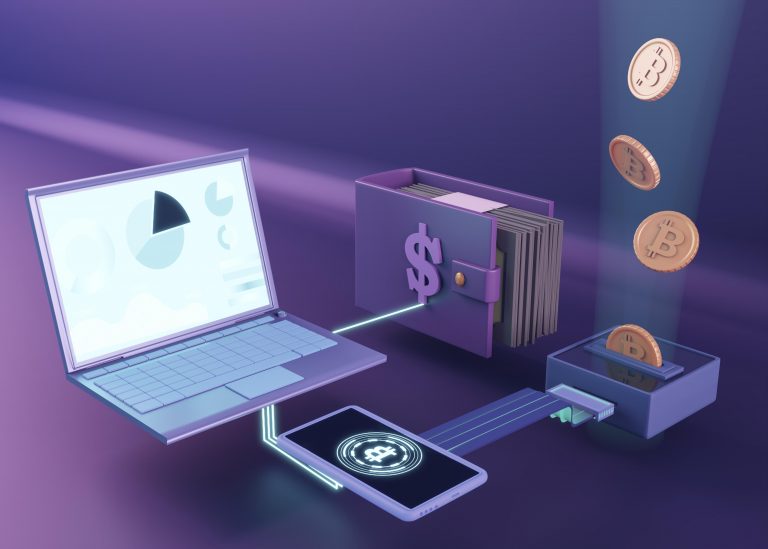The evolution of Crypto has been bittersweet. In 2020 during the global pandemic, Bitcoin was at its peak, then a couple of weeks after, it plummeted, and many investors lost millions. However, using it to play online casino games hasn’t been affected.
The cryptocurrency market is projected to reach $1,758.0 million by 2027 with a CAGR of 11.2%, showed in a report by Fortune Business Insights. Many factors are attributed to this surge, the primary reason being increased funding and investment by stakeholders from various countries in the cryptocurrency market.
According to Statista, the global equity funding and investment of blockchain startup companies were valued at $3.08 billion in 2019, compared with $1.25 billion in 2017. These stats are expected to increase as cryptocurrency becomes accepted in every sector.
As we enter 2023, we are expected to be met with several improvements and growths in the crypto industry, paving the way for new opportunities for investors and startups.
Let’s discuss some crypto trends to look out for in 2023 and beyond.
Metaverse Social Engagement
The Metaverse continues to be a significant trend in the market but what needs to be improved is a solid social foundation that will drive social engagements.
RobotEra, a web.3.0 metaverse created for creatives in the NFT space to share ideas, collaborate, and engage with one another, seek to drive more social engagements in the crypto world. This is a metaverse with a futuristic robot theme, with players being the robots, which is a welcome development that would set the tone for 2023.
The Metaverse is a social network where players can attend concerts, play casinos, and other exciting games. Players can also create their own interactive social experiences without coding knowledge. This is an exciting way to encourage players to build virtual fun experiences they would enjoy—while being paid for it.
Sports and Crypto Partnership
At the peak of Crypto in 2021, we witnessed many sports and cryptocurrency partnerships. This is because sports audiences tend to overlap with crypto to boost these crypto startups’ revenue. They can hit a mass market by partnering with trusted sports brands, teams, and athletes because this partnership can spur sports viewers into investing a chunk of their finances.
However, with the recent turbulence in FTX, sports fans may be reluctant to stake their coins with new partnerships that have to do with any crypto startup.
FTX was one of the first crypto startups to dive into sports partnerships. They began talking about collaborations with sports entities in 2021 because they wanted to collaborate, create awareness for the brand and enhance the value amongst investors.
The fall of FTX will undoubtedly affect subsequent partnerships, but we believe there will be more improvements and regulations which will drive trust in fans of sports.
Play-to-Earn Games
The market for Play-to-Earn games is expected to grow to $3618.4 million by 2028, at a CAGR of 21.3% from 2022, and the future of these games is undoubtedly heading to the Metaverse where players can own land and carry out automated fun games to engage and serve others while creating value.
Many new games based on meta-universes are still in the early stages of development and deserve attention. One such game is the Cashbox, a sci-fi title that uses the origin of human civilization as the basis for its multiverse’s meta-universe.
In 2023 and beyond, play-to-earn games may become household names like cryptocurrencies and can be used to make more life investments. In the future, we can choose our preferred civilization and build wealth.
Central Banks Digital Currencies
About 90% of central banks worldwide are working on central bank digital currency (CBDC) programs. Others are development projects, for instance, in the European Union and some, like those in the United States and South Africa, are in the exploratory stage.
Solutions are already operational in some places, such as Nigeria, and central banks are looking to expand. Despite the high activity level, most of these projects are still in the early stages of technical design and market development.
However, this type of digitally issued public money sits at the vanguard of central bank innovation alongside the conceptually similar but very different digital coins being released by private companies.
Improvement in Regulation
Many people see the introduction of crypto assets, like cryptocurrencies, as part of a more significant trend toward more diverse financial market infrastructures that increase choice and present fresh approaches to meeting present and future payment needs.
Recent regulatory developments, such as the publication of the EU’s Markets in Crypto-Assets (MiCA) provisional agreement and the US’s Framework for International Engagement on Digital Assets, suggest a willingness to regulate. In the future, the degree of regulation in a particular jurisdiction will probably be associated with the uptake of cryptocurrencies and stablecoins.
Large economic zones like the EU and the US are taking steps to provide initial guidance as regulatory translucence affects economic behavior. More of these regulations might be successful in 2023.
- Does Wendy’s Take Google Pay? - July 1, 2025
- A Practical Guide to Post-Holiday Budgeting - July 1, 2025
- Does SHEIN Take Apple Pay - July 1, 2025




